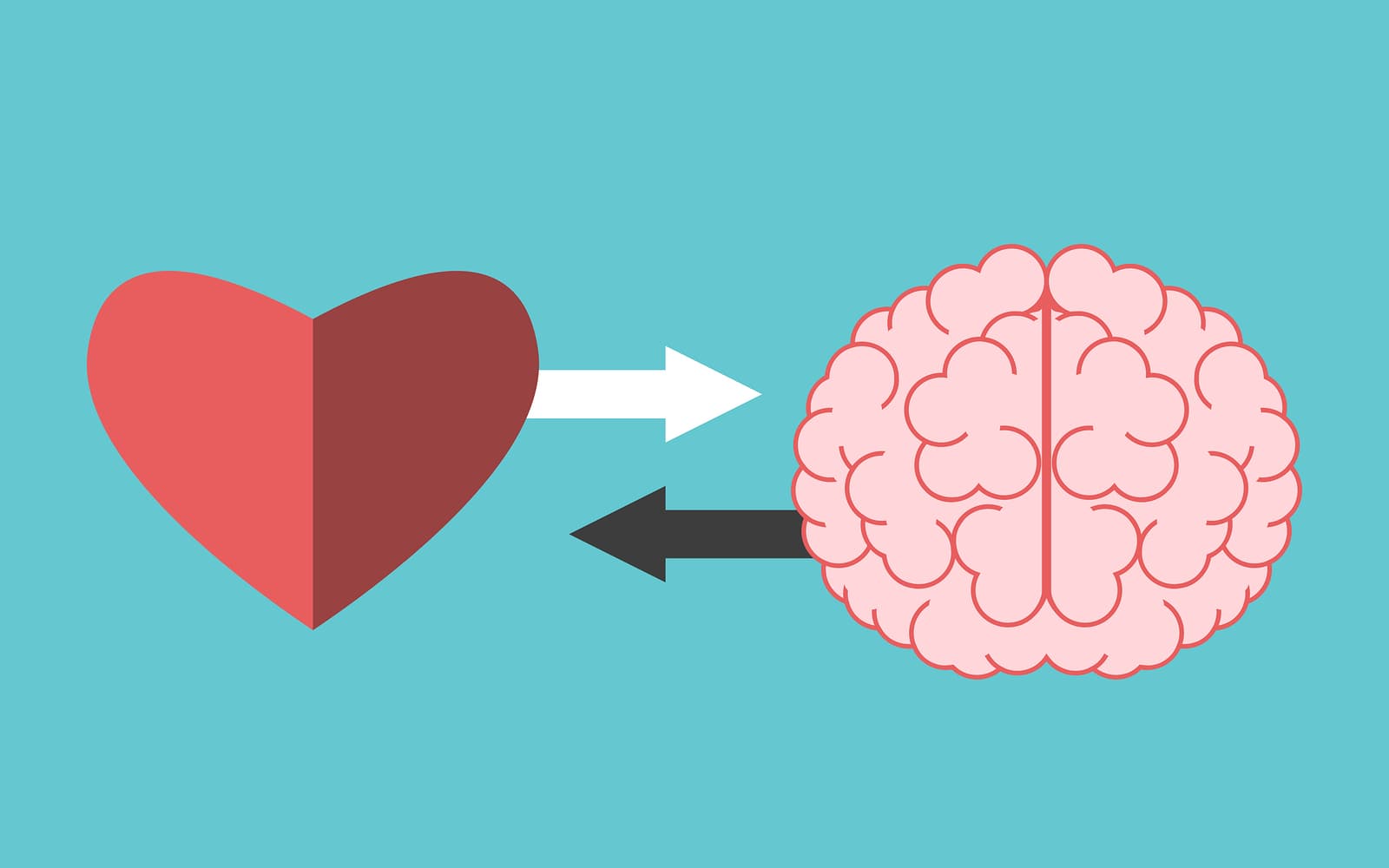Most existing recognition and incentive programs have been designed utilizing traditional economic theories which suggest:
- People tend to act rationally and in their own best interests when making decisions
- Money is the most effective motivator
This conventional approach (that rewarded behaviors are repeated) supposes that tangible rewards and punishments are solely sufficient to drive employee performance. This is known as extrinsic motivation.
While an extrinsic approach is serviceable and relevant, in recent years Behavioral Economics has emerged as a discipline in its own right and posits that an overreliance or sole focus on extrinsic motivators is based upon an incomplete understanding of human motivation – and is therefore inefficient.
How behavioral economics impacts motivation
Because behavioral economics recognizes that a significant portion (up to 70%, some say) of human decision-making is emotional (as opposed to rational) it proves to be a more useful tool than traditional economics in helping HR leaders understand what actually motivates people, why some incentives are more effective than others, and how they can strategically apply these principles in their programs.
Incorporating proven techniques from behavioral economics into motivation programs produces a competitive advantage and higher levels of employee productivity, engagement and retention compared to programs relying solely on monetary incentives. In most cases, an understanding of the person being motivated and an appropriate experiential or merchandise reward will result in a far more memorable and impactful reward than cash.
Today, fewer programs rely solely on tangible rewards and punishments in modifying behavior and achieving optimal performance. Instead, HR leaders recognize the importance of both intrinsic and extrinsic motivation to leverage the benefits of behavioral economics.
Far greater results will be achieved by taking human nature and intrinsic motivations into account — by deliberately working with natural human thinking — rather than ignoring it or unwittingly working against it.
Harness social drivers to improve motivation
In Driven: How Human Nature Shapes Our Choices, Harvard researchers Paul Lawrence and Nitin Nohria agree that leveraging intrinsic motivators is a more effective strategy, and propose additional tools to optimize motivational levels. They’ve discovered four social drives that complement our biologic drives and regulate virtually everything happening in the workplace.
These social drives create pleasant and painful feelings that push and pull on us during the course of a typical workday and serve as motivational “hot buttons.” When pressed individually, motivation rises marginally, but when pressed together motivation grows exponentially within an organization – causing an even greater impact on engagement, retention and performance.
The four drives also explain the origins of both extrinsic and intrinsic motivation, and if we can turn on these productive pleasures in recognition or incentive programs we’ll enjoy maximum productivity and engagement because, in a single intervention, they help activate all four drives.
1. Drive to acquire — People want to acquire things — money, property, cars, etc. They also want to acquire skills and status, become experts, and feel proud. Companies also want their employees to be competent, confident experts. Reinforce the drive to acquire by rewarding employees who acquire needed skills and knowledge. Provide tangible rewards to supplement intangible recognition from managers and peers, and make sure recognition is spontaneous, personal and heartfelt.
2. Drive to bond — Employees want to have authentic caring relationships with their colleagues and supervisors and experience the warm, friendly feelings that come with them. Ensure each instance of recognition has a face-to-face element. Because employers want employees to collaborate and cooperate as a team in order to solve difficult problems, programs that provide rewards for group achievements are working harmoniously with the drive to bond.
3. Drive to innovate — Humans are naturally driven to learn about the world around them and create new thoughts, systems, relationships and products based on those discoveries. It also feels good to satiate curiosity, think up a new idea, or solve a difficult problem, so give employees a small amount of time to innovate within their sphere of influence and insure your engagement initiatives help employees learn the behaviors that are valued and important to the organization.
4. Drive to defend — People want to feel safe and secure and to defend the people and ideas they hold dear. Organizations also want this, because when employees are overstressed, productivity plummets and healthcare costs rise. Leaders that manage to harness the power to defend will be rewarded with loyal employees who are vocal about their affection for the organization. Reinforce the drive by gathering employee input on incentive and recognition initiatives to ensure they’re perceived as fair, maintain openness and transparency in all communications, and remind employees often of their importance to the organization.
When collectively activated, these drives have a compounding effect, so well-executed incentive and recognition programs offer a crucial opportunity for organizations. In a single instance of giving an employee an award, the company allows the employee to acquire status (and potentially awards), to bond with their team or the person giving the recognition, to more deeply comprehend what’s important to the company, and to defend the very deeply held belief that they’re good at what they do and have chosen the right organization for employment.
